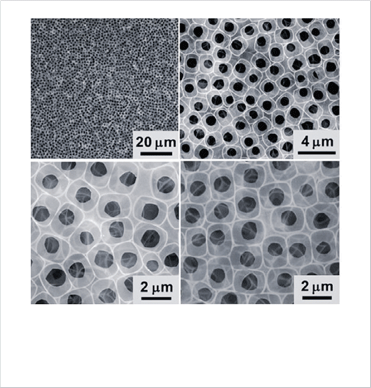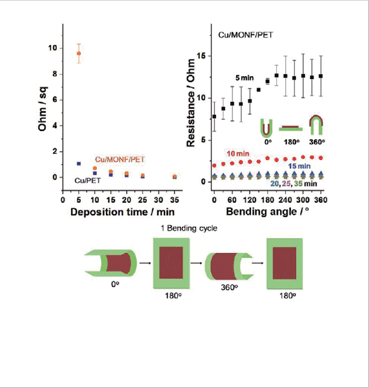Representative Research Publications
Adhesive organic network films with a holey microstructure: useful platforms for the engineering of 2017 > Representative Research Publications > Research Results Home
Adhesive organic network films with a holey microstructure: useful platforms for the engineering of flexible energy devices
- Journal : J. Mater. Chem. A (2017. 01.)
- Equipments : Analytical High Resolution Scanning Electron Microscope
Authors
Chang Wan Kang(1st author, Sungkyunkwan Univ.), Jaewon Choi(Sungkyunkwan Univ.), Ju Hong Ko(Sungkyunkwan Univ.), Sung-Kon Kim(Chonbuk Univ.), Yoon-Joo Ko(Seoul Univ.), Sang Moon Lee(KBSI), Hae Jin Kim(KBSI), Jong Pil Kim(Corresponding author, KBSI Busan center), Seung Uk Son(Corresponding author, Sungkyunkwan Univ.)
Abstract
Recently, flexible energy storage devices have attracted the attention of scientists because of the increasing demand for wearable devices. As an essential component of flexible electronics, the flexibility of current collectors is important. The addition of the flexibility function of the current collectors can design the morphologies of organic networks by template methods. In particular, the holey microstructures of organic networks were prepared by chemical etching. In addition, organic network films were engineered by using solid plates or electropolymerization. The Cu current collector coated on these microstructured organic network films (MONFs) showed excellent conductivity, even in repeated bending tests. The organic network film of the microstructure is expected to be applicable for various purposes, such as a flexible energy storage by integrating the customized features.
Expected Contribution to Science & Technology
Adhesive organic network films with a holey microstructure are utilized as a collector of flexible electronic devices.
 Scanning electron microscope images of microstructured organic network films
Scanning electron microscope images of microstructured organic network films  Electroless deposition time-dependent sheet resistance of Cu/PET and Cu/MONF/PET
Electroless deposition time-dependent sheet resistance of Cu/PET and Cu/MONF/PET



